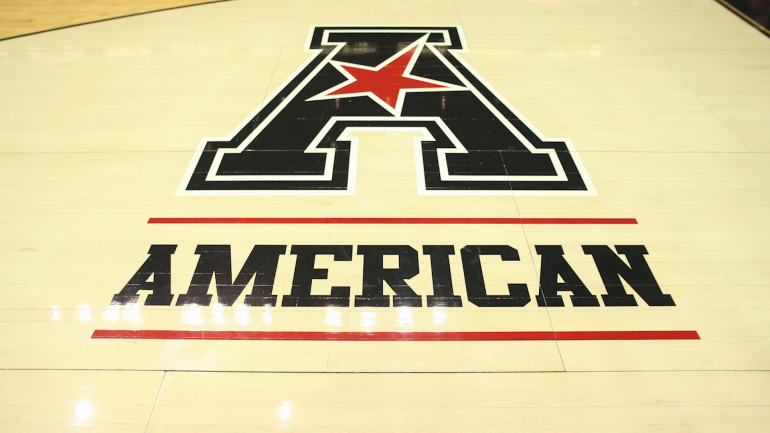
It was late July when Big 12 commissioner Bob Bowlsby -- after realizing he was about to lose Oklahoma and Texas to the SEC -- told CBS Sports' Dennis Dodd that he believed the American Athletic Conference was trying to poach additional Big 12 members in an attempt to, more or less, kill his conference for good.
It was a great headline.
But the truth is that Bowlsby's claims -- which were strongly denied by AAC commissioner Mike Aresco and ESPN president of programming and original content Burke Magnus -- seemed more rooted in paranoia than reality. Why would any Big 12 member want to join a lesser league with a smaller media rights deal and no Power Five autonomy? They all wanted to move up, not down. So it always seemed like the more likely way things would play out would be the way things have actually played out -- not with the AAC taking Big 12 schools, but with the Big 12 taking AAC schools, specifically whichever ones it wanted.
And now here we are.
The Big 12 Conference Board of Directors voted Friday to extend membership invitations to three AAC schools -- Cincinnati, Houston, UCF -- plus BYU, which is an independent in football and member of the West Coast Conference in other sports. Unsurprisingly, all four celebrated and accepted those invitations, at which point it became official that the AAC is losing three of its biggest and best athletics programs.
It's a devastating development.
And though Aresco has indicated that his league will also expand with a goal of remaining ahead of all other Group of Five conferences, there's no denying it's a difficult task. For starters, when you lose from your top and add to your bottom, the ceiling is, at least temporarily, lowered. There's no getting around that. But the real thing working against the AAC now is how Texas Tech AD Kirby Hocutt and Iowa State AD Jamie Pollard both recently said they think the Big 12 will indeed expand again -- perhaps sooner rather than later.
That's a big statement -- one that should create real hesitation among some AAC targets because if you believe the Big 12 could expand again soon, and you believe you might be a potential Big 12 target the next time the Big 12 expands, why would you have any interest in joining the AAC right now? To be clear, I'm not ruling anything out. But, given what Hocutt and Pollard have suggested, it's hard to imagine a scenario where Boise State, Colorado State, San Diego State or any other school that might be on the Big 12's radar would leave its current conference for the AAC. And if you're Coastal Carolina, Arkansas State, UAB, Charlotte, North Texas or some other C-USA or Sun Belt member that likely isn't on the Big 12's radar, is it clear that you should leave your current league to join a greatly diminished AAC that could also eventually lose Memphis, SMU and/or USF if the Big 12 decides to add more American schools?
Maybe.
In fairness, probably.
But it's at least something that has to be considered, and that consideration is undeniably something that'll make Aresco's already difficult job more difficult than it otherwise would be. I do not envy his position.
"Our remaining schools are unwavering in their commitment to competing and succeeding at the highest level, and we will not allow external factors to put a ceiling on our potential," Aresco said Friday in a statement. "We remain unified and resolute and will consider all of our options as we move the American into our second decade and beyond."
Nice statement, I guess.
The problem is that it's fantastical.
Despite Aresco's claims, there is literally no way for the AAC to avoid external factors putting a ceiling on its potential considering external factors just robbed the AAC of three of its best programs (and could ultimately take more). External factors are the AAC's worst nightmare. And the idea that the remaining AAC members are "unified" is, with all due respect to Aresco, just laughable. Trust me, if Memphis could bounce to the Big 12 tomorrow, it would. And if Memphis can move next year or any year after that, it will.
Bottom line, Aresco's claim that the AAC is part of a "Power Six" was never actually true, but it's way less true now than it's ever been. The gap is getting wider, not smaller. And, unfortunately for the American, there's probably no way to prevent the inevitable, which is to say a world where the AAC looks more like the Sun Belt or C-USA than the Power Five leagues it's forever chased but only fallen further behind.





















